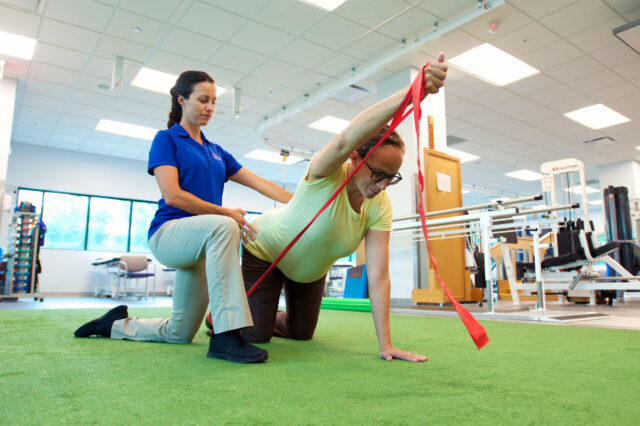Evaluating the Interaction of Articular Mobility and Balance in Patient Outcomes
Evaluating the Interaction of Articular Mobility and Balance in Patient Outcomes
Blog Article
Joint mobility and stability are crucial factors that impact client results in physical therapy and rehabilitation. Articular range of motion refers to the extent of motion available at a articulation, while steadiness involves the ability to maintain management of that articulation during movement. When clients have good joint range of motion, they can navigate their limbs freely, which is vital for conducting daily tasks. On the other hand, steadiness helps avert harm by allowing the body to preserve proper alignment and equilibrium during these movements. Understanding how these two factors connect can lead to better treatment plans and enhanced recovery for patients.
In many cases, clients with articular pain or injuries frequently experience a decrease in mobility. For instance, disorders like arthritis can limit how much a joint can move, making it challenging for individuals to perform tasks such as walking or ascending stairs. Rehabilitation specialists often focus on activities that increase mobility through flexibility work and strengthening. These exercises can help reestablish the range of movement, making it easier for patients to participate in their everyday activities. Nonetheless, increasing range of motion without accounting for stability can result to further harm, emphasizing the need for a holistic approach.
Control is just as important in therapy. When a joint lacks steadiness, it becomes more susceptible to harm during movement. For example, an wobbly knee joint can result to sprains or ruptures while running or leaping. To improve stability, rehabilitation specialists may incorporate activities that strengthen the muscles around the articulation. These exercises help support the articulation and prevent excessive motion that could lead to harm. By more helpful info focusing on both range of motion and stability, rehabilitation specialists can provide a holistic treatment plan that meets the specific requirements of each client.
The interplay between joint mobility and control is especially evident in athletic rehabilitation. Athletes frequently require a high level of both mobility and stability to execute at their best. For instance, a gymnast needs to have limber joints to achieve intricate movements while also preserving stability to prevent falls. In sports training, trainers and trainers emphasize the significance of developing both aspects to improve performance and minimize the risk of harm. This approach ensures that sports participants can move effectively while maintaining their joints protected during strenuous activities.
In conclusion, understanding the connection between joint movement and stability can lead to improved outcomes for clients in multiple settings, from therapy facilities to sports training centers. By promoting both elements, healthcare professionals can help patients recover their strength and assurance. This balanced approach not only helps in rehabilitation but also equips individuals with the resources they need to avert future harm. As research continues to advance in this area, the significance of combining mobility and control in treatment plans will remain a central priority for enhancing client care their explanation and overall health.